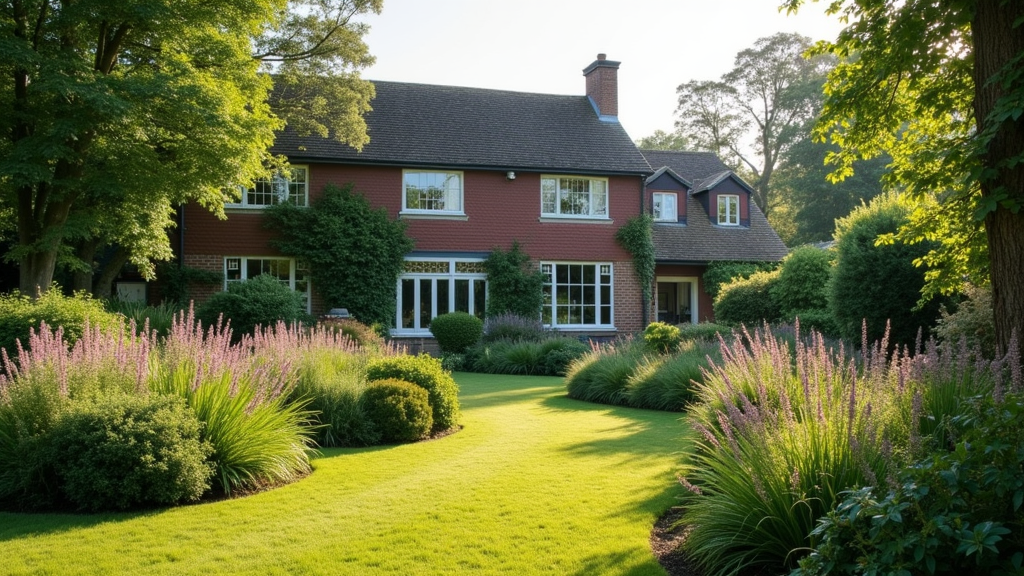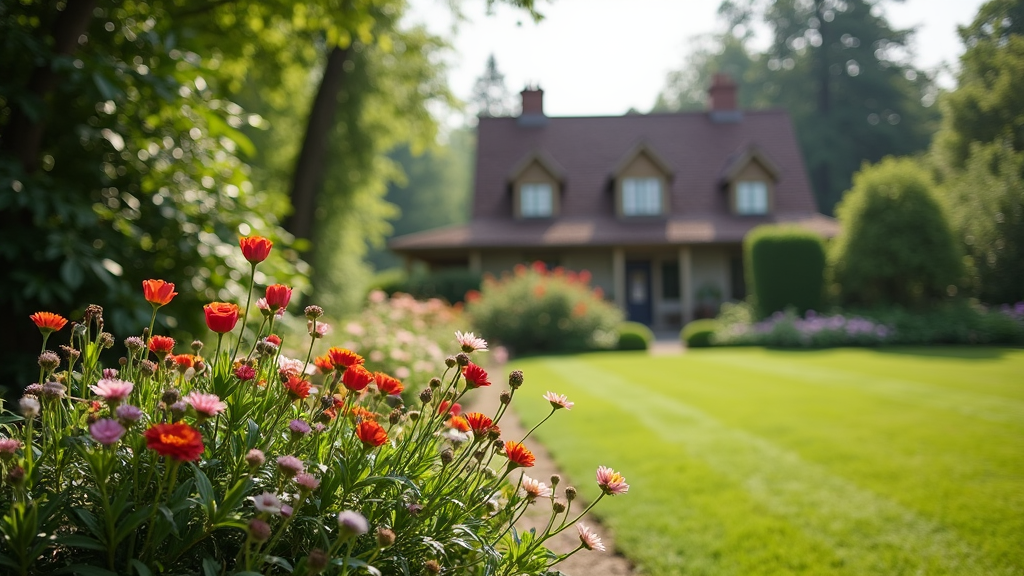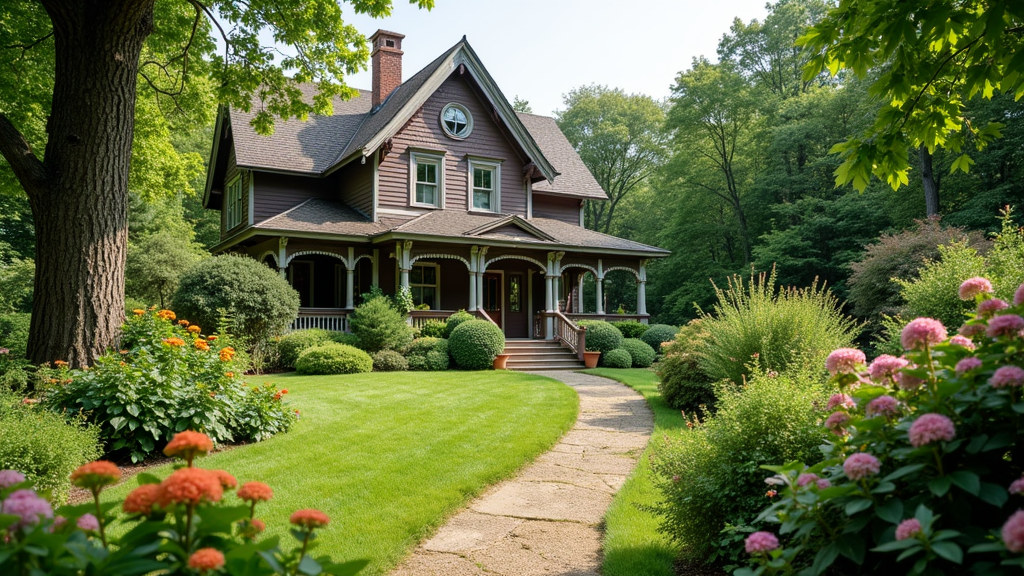Creating a lush, vibrant garden in Greensboro can be a delightful challenge, especially when it comes to dealing with those pesky shady spots. You might think that shade limits your options, but fear not! This guide will explore effective planting strategies to maximize those shaded areas, ensuring your landscaping in Greensboro truly thrives.
Understanding Shade in Your Landscape
What is Shade?
Shade occurs when something obstructs sunlight from reaching a particular area. In your yard, this could be caused by large trees, buildings, or even fences. Understanding the type and duration of shade in your landscape is crucial for successful planting.

Types of Shade
Dappled Shade: Light filters through leaves, creating patterned light and shadow. Partial Shade: Areas receive 3-6 hours of direct sunlight daily. Full Shade: Areas receive less than 3 hours of direct sunlight per day.Knowing which category your shady spots fall into will help you choose the right plants!
Making the Most of Shade: Planting Strategies for Shady Spots in your Greensborolandscape
Utilizing shade effectively means selecting plants that flourish under low-light conditions. Here are some strategies to consider:
Choosing the Right Plants
Perennials for Shady Areas
Perennials are great choices because they come back https://protection-shop.uncrn.co/blog/choosing-sustainable-lawn-alternatives-for-eco-conscious-yard-designs/ year after year. Some excellent options include:
- Hostas: Versatile and available in various colors and sizes. Ferns: Hardy and can thrive in full shade. Astilbe: Beautiful flowers that add color to dark spots.
Annuals That Shine in Low Light
While annuals last just one season, they can brighten up shady spots significantly:
- Impatiens: Bright colors that thrive in partial shade. Begonias: Colorful flowers that do well without much sun.
Designing Your Landscape Layout
Layering Your Plants
To create visual interest, think about layering plants based on height. Taller plants like ferns should go at the back, while shorter ones like hostas can be placed at the front.
Creating Focal Points
Use unique plants or garden ornaments as focal points to draw attention away from the limitations of shade.
Soil Preparation for Shady Areas
Testing Your Soil
Before planting anything, test your soil’s pH and nutrient levels. This helps ensure optimal growth conditions for your chosen plants.
Amending Soil for Success
In shady areas, soil can often become compacted or lacking nutrients due to lack of sun exposure. Consider adding organic matter or compost to improve soil health.
Watering Strategies for Shady Plantings
Understanding Water Needs Under Trees
Roots from large trees tend to absorb water and nutrients from the surrounding soil. Keep this in mind as you plan your watering schedule—plants may need extra care during dry spells.
Mulching Benefits
Applying a layer of mulch helps retain moisture while suppressing weeds—a win-win situation!
Maintaining Your Shady Garden
Pruning Techniques for Sunlight Access
Regularly prune overhanging branches to allow more light into shaded areas while maintaining healthy tree growth.
Monitoring Pests and Diseases
Shaded areas may harbor pests like slugs or diseases such as mildew more readily than sunny spots. Regular inspections can keep them at bay!
Integrating Hardscaping Elements into Your Design
Using Pathways and Patios Wisely
Create pathways using stones or pavers to enhance accessibility through shaded zones while providing structure to your landscape design.
Adding Benches or Seating Areas
Consider placing seating areas near shaded spots—creating a peaceful retreat where you can enjoy nature without being exposed to harsh sunlight.
Creating an Eclectic Garden Style with Shaded Plants
Mixing Textures and Colors
Shaded gardens can become stunning with varied textures and colors. Combine smooth-leaved plants with fuzzy ones like lamb's ear for contrast!
Color Schemes
Consider using cool tones like blues and purples combined with bold reds and yellows for eye-catching arrangements despite limited sunlight.
Utilizing Edibles in Shaded Spaces
Growing Vegetables That Tolerate Shade
Did you know some veggies actually thrive with less light? Consider:
- Leafy greens like spinach Root vegetables such as radishes Herbs like mint
These make it easy to enjoy homegrown produce even from challenging locations!
Common Mistakes When Landscaping Shady Areas
Ignoring Plant Height: Always consider how tall mature plants will grow! Overwatering: Ensure proper drainage—too much moisture can lead to root rot. Choosing Incompatible Plants: Not all shade-tolerant plants prefer the same conditions—research their needs!Visual Inspiration from Successful Greensboro Landscapes
Explore local gardens renowned for effectively utilizing shady spaces; take notes on how homeowners have achieved stunning results!

FAQs about Landscaping in Greensboro
Can I plant anything in full shade? Yes! There are plenty of beautiful options like ferns and hostas that love low light conditions.
How often should I water my shaded garden? It depends on weather conditions—but generally once a week should suffice unless it's particularly hot outside!
Are there any native North Carolina plants suitable for shade? Absolutely! Look into wild ginger or native azaleas—they thrive beautifully here!

What’s the best mulching material for shady spots? Organic mulch such as wood chips works well—it retains moisture while enriching soil quality over time!
How do I know if my soil is too acidic? A simple soil testing kit will give you clear readings on pH levels—ensuring optimal growth potential.
Why is my plant wilting even though I'm watering regularly? Overwatering could be causing root rot; ensure adequate drainage before assuming it needs more water!
Conclusion: Embracing the Beauty of Shade
Landscaping Greensboro presents unique opportunities—even within those tricky shaded corners! By understanding plant needs and employing thoughtful strategies outlined throughout this article, you’ll transform dull spaces into lush retreats filled with life and color! Remember—there's no reason not to embrace every inch of your landscape; after all, every garden has its charm—even those found in shadows!
So roll up those sleeves, get out there, and start cultivating an enchanting oasis right at home! Happy gardening!